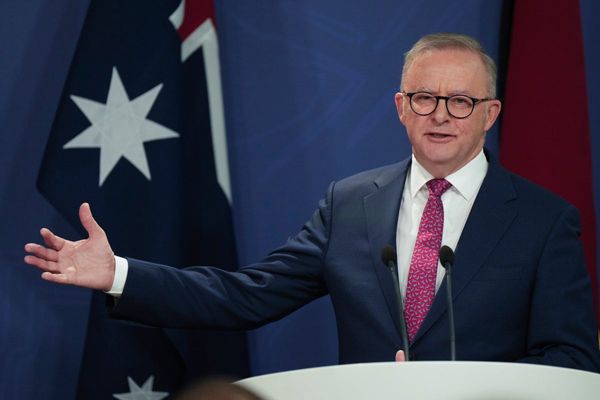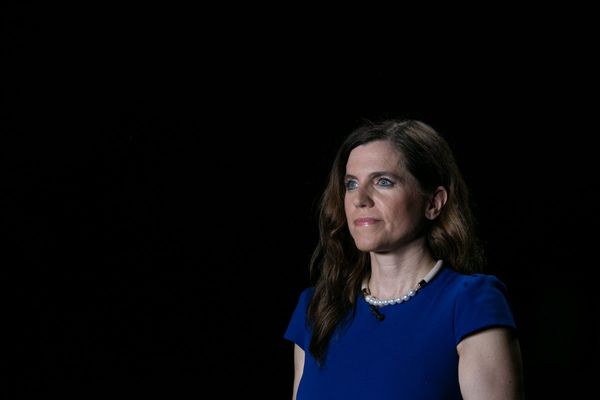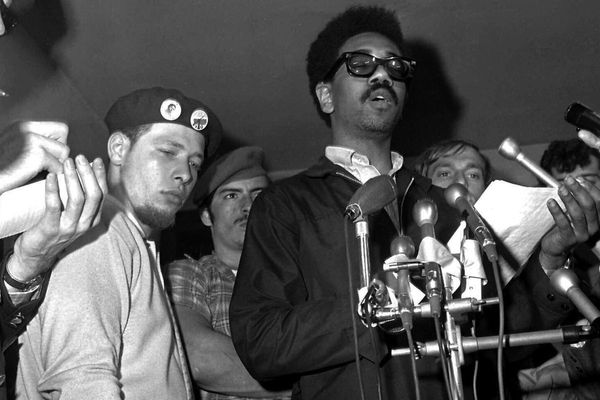
Last week was the Week of Three Presidents in Peru, seized by political turmoil and fierce protests after the rapid ouster of one president, the resignation of a second, and the swearing-in of a third. The chaos comes from a breakdown in the political system and what one analyst described as “zombie parties” in a nation with a long history of corruption and little experience in democracy.
“Ultimately this is about the collapse of the political parties,” said Steven Levitsky, a professor of government at Harvard University and the director of the David Rockefeller Center for Latin American Studies.
Because the parties are so weak, the president comes to power with no strength and few allies.
“It’s pretty ugly,” Levitsky said.
Francisco Sagasti, a 76-year-old engineer, academic, and former World Bank official, was sworn in on Tuesday as the country’s interim president. In his first remarks after being selected by Congress to fill the vacant seat, Sagasti promised that his administration would “do everything possible to return hope to the people and show them they can trust in us.”
His immediate predecessor, former President of Congress Manuel Merino, stepped down on Sunday following days of street clashes with police in which at least two protesters were killed and dozens were injured.
In an address to Congress after his swearing-in, Sagasti said, “It is absolutely necessary to remain calm, but do not confuse this with passivity, conformity, or resignation.”
He also asked for “forgiveness on behalf of the state” from the families of the two dead protesters. “We can’t bring them back to life. But we can stop this from happening again.”
Sagasti is taking the helm during the worst crisis the South American nation has faced since the downfall of authoritarian President Alberto Fujimori in 2000 thanks to his corruption and human rights abuses. He was convicted nine years later over human rights violations committed during his government’s battle against leftist guerrillas in the 1990s.
The political crisis is worsened by an economic and health catastrophe. Peru, which lacks vital oxygen needed to treat coronavirus patients, has one of the world’s highest per-capita COVID-19 mortality rates, and the International Monetary Fund projects a 14 percent decline in its GDP this year.
“Many Peruvians were under the impression that the return to democracy would automatically purge government institutions of their deeply ingrained corruption, generate stability and comity among political and social movements, and address some of the grievances boiling underneath the glossy economic statistics,” Álvaro Vargas Llosa, a senior fellow at the Center on Global Prosperity at the Independent Institute, wrote in an opinion piece published by the Washington Post this week. “But, 20 years after the return of democracy, Peru’s institutions and social and economic structures are as fragile as ever, and the economy, mired in crony capitalism and mercantilism, stopped shining years ago.”
Over the past five years, lawmakers have ousted a handful of presidents using a controversial 19th-century “vacancia” clause that allows for such action on the grounds of “permanent moral incapacity.” The process is similar to impeachment in the United States, but it’s far more commonly and effectively used. At least 87 members of the 130-person Congress must vote in favor of the motion. In the last five years, Peru has had five presidents, including Sagasti.
The most recent turmoil began on Nov. 9 when Congress voted to remove the popular President Martín Vizcarra over allegations that he accepted more than $600,000 in bribes while he was a regional governor years ago, as well as criticism over his handling of the current coronavirus pandemic.
Vizcarra, who was appointed as president by Congress in 2018, gained support from many Peruvians for his anti-corruption stance. He has not been formally charged, vehemently denies any wrongdoing, and has vowed to cooperate with prosecutors. A judge has ordered him not to leave the country.
Elected as first vice president in 2016, Vizcarra became president in March 2018 after his predecessor in office, Pedro Pablo Kuczynski, resigned amid allegations of vote buying.
Last year, as part of his efforts to clean up government corruption, Vizcarra dissolved Congress, made changes on how judges are selected, and tried to eliminate prosecutorial immunity granted to lawmakers.
Sagasti must now work with the 130 politicians who make up Congress. Most are first-time legislators who were elected in January. And half are themselves under investigation for crimes ranging from money laundering to homicide.
“What’s at stake is taking a first step toward rebuilding confidence between the people and the state,” Samuel Rotta, the president of the Peruvian chapter of Transparency International, told The Associated Press.
Experts said Peruvian politicians are more focused on advancing their own business interests than in public service. That is largely due to a weak party system, loose campaign financing rules that allow for the funneling of cash to candidates to buy influence, and a referendum passed by voters in 2018 that limits congressional service to a single term.
“These are not professional politicians but amateur politicians,” Levitsky, the Harvard expert, said. “Nobody sitting in Congress thinks about planning for the future.”
Sagasti, who belongs to the centrist Partido Morado (Purple Party), is also a newcomer to the political arena. While he is not well known among the populace, he is gaining recognition as one of the few members of Congress who voted against the removal of Vizcarra.
He is respected by international leaders, and many have publicly recognized him as interim president, including Organization of American States Secretary-General Luis Almagro.
“We trust in his capacity to guide the country through this crisis and until the next presidential and legislative elections on April 11, 2021,” Almagro posted on Twitter.
“Sagasti is a decent guy, and I think there is a good chance he can lead Peru to the next election,” Levitsky said. “He’s a very smart, capable guy, but he has a lot of catching up to do. This is going to be a government that’s focused on surviving.”







